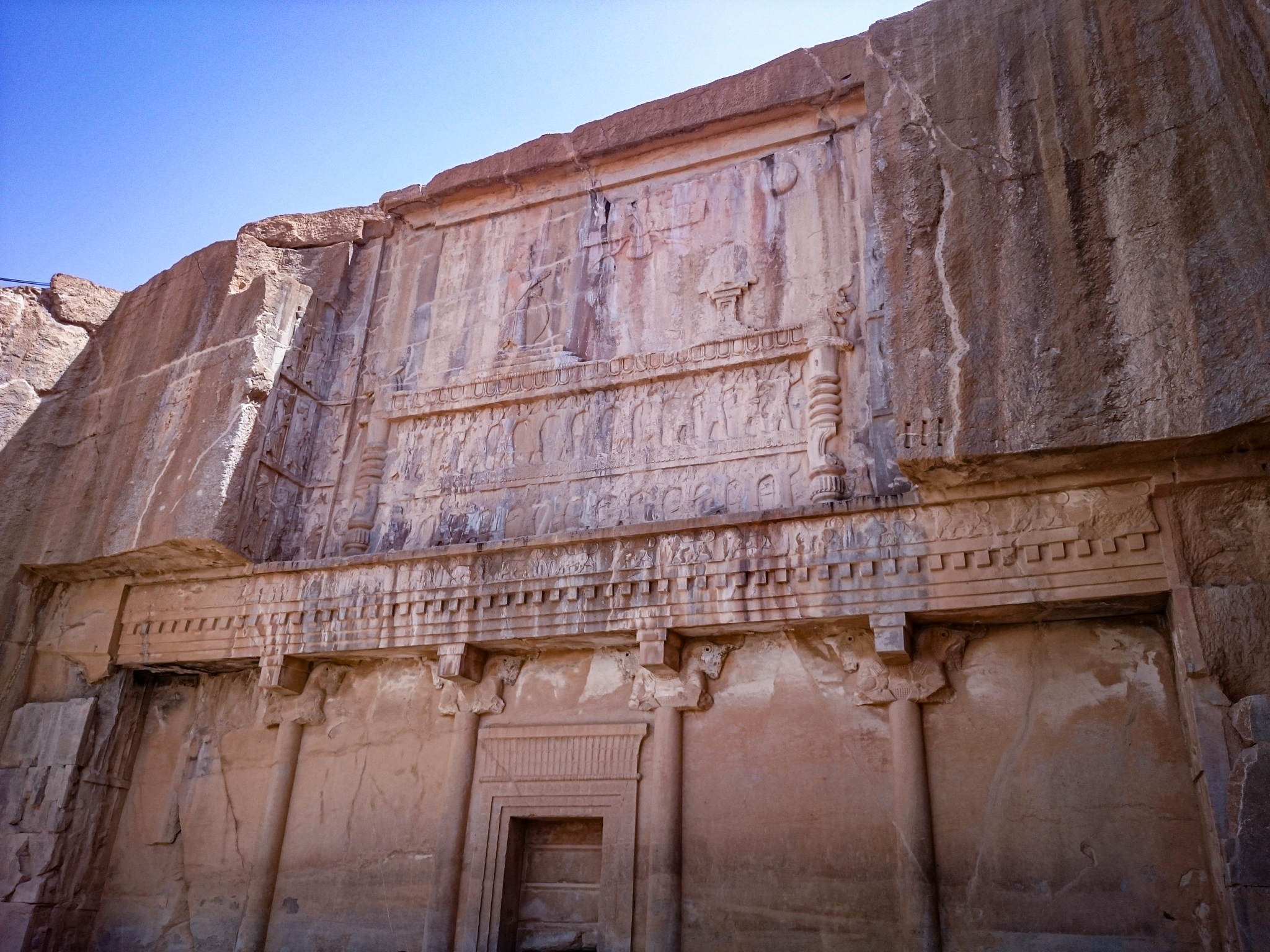Check out this post everywhere I’m active
Instagram | Telegram | Unsplash | Behance | X (Twitter) | Threads | Flickr | 500px | Pexels | Pixabay | Vero | Bluesky | Pinterest | TikTok
This photograph shows one of the royal tombs at Persepolis, located northeast of the Hundred Columns Palace. The structure is built on a platform, with stones meticulously placed without mortar. Its design, a cruciform shape, is believed to be inspired by the tombs at Naqsh-e Rostam. These rock-cut tombs were a solution for the Achaemenid belief of not polluting the sacred elements of earth, water, or fire. Instead, bodies were placed in these monumental stone structures. While the tombs at nearby Naqsh-e Rostam belong to rulers like Darius the Great, the ownership of the Persepolis tombs is debated. This one is speculated to belong to either Darius III or Artaxerxes II, while a simpler northern tomb is thought to be for Artaxerxes III.

Leave a Reply